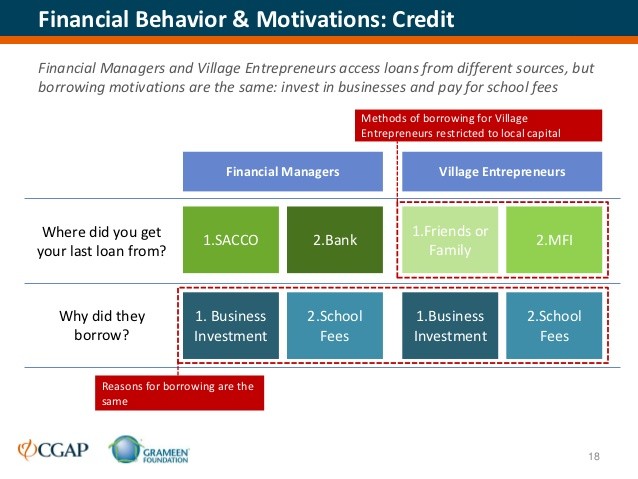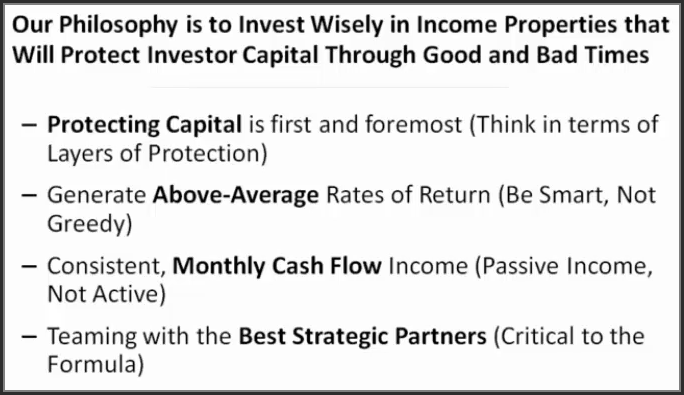Borrowing to invest_1
Post on: 16 Март, 2015 No Comment

Borrowing money to invest is risky business. The high returns can seem fantastic when markets are rising but the losses can be huge when the market drops.
Borrowing to invest is also called ‘gearing’. Look at the pros and cons before you decide if this strategy is right for you.
Is borrowing to invest right for you?
Borrowing to invest is for experienced investors. It is only suitable if:
- You have enough income from other sources such as a secure salary, or you have extra funds you can use to top up your loan if there is a significant drop in the market
- You are in a higher income tax bracket where you can make the most of any tax benefits
- You understand and accept the risks of unpredictable, volatile investments
Some people borrow money to invest by using margin loans from a bank or another lender. For more information, see margin loans .
Beware of the risks
Borrowing to invest magnifies the highs and lows. If the market falls and you’re not prepared, the results can be disastrous. You could lose your entire investment or worse, end up owing money to the lender.
The more you borrow, the greater the risks become. If you are investing in a diversified portfolio of shares or a managed fund. borrowing more than 50% is usually considered highly risky.
The less diversified your investment, the greater the risk. Borrowing to invest in one company, one property or one industry sector is not recommended. Find out more about diversification .
Warning
It is very risky to borrow against your home to put money into an investment. If the investment turns bad and you can’t keep up with your loan repayments you could lose your home.
Limited recourse loans
Under a limited recourse loan, your liability is limited to the asset that was purchased with the loan, or other security provided.
For example, if you purchased an investment property with a limited recourse loan, and then defaulted on the loan, your lender can only take possession of your property to satisfy the loan, even if the value of the property has dropped and is not enough to cover the loan balance.

This protection comes at a cost, as you will pay a premium over and above the interest on your loan. Only certain types of investment allow a limited recourse loan.
Cost of loan repayments
Make sure you can still afford the loan repayments if rates go up by say 2% or even 4% per year. If the repayments get too expensive, you could be forced to sell some of your investment in a hurry, which may not be at a good time in the market cycle.
Tax benefits vs profits
Borrowing to invest can reduce your tax bill, as ongoing borrowing costs (such as interest and fees) are tax deductible. If your expenses are more than the income you receive (this could be from dividends if you invested in shares) your investment is said to be ‘negatively geared’. The net loss on a negatively geared investment can be used to reduce your total income, which may mean you receive a tax refund.
Tax benefits alone are not a good enough reason to gear an investment. To profit from negative gearing, your expected capital gain must be significantly higher than the interest you have paid on your loan. If not, you are taking on a lot of risk for an overall low or negative return.
Investments can be ‘positively geared’. This means the ongoing costs (such as interest and fees) are less than the income you receive. In this case the net income will be added to your taxable income and taxed at your marginal tax rate .
Case study: Bruce’s geared investment
Bruce has a geared investment that has cost $10,000 in interest this year and has returned $7,000 in income from dividends this year. He is negatively geared as his investment is producing a loss of $3,000 per year. He can deduct this $3,000 from his taxable income. If Bruce pays tax on his salary at 39%, he can reduce his tax bill by $1,170 (39% of $3,000). His tax saving effectively reduces Bruce’s cost of borrowing to $1,830 after tax this year.
This may be reducing his tax but it is still costing Bruce money. For the investment to work for Bruce this loss, and any losses in future years, will need to be offset by a capital gain (after tax) when Bruce sells it, in order to achieve an overall positive return.
If the investment decreases in value, Bruce will have lost some of his capital as well as having paid expenses along the way, giving him a negative return on his investment.
Borrowing money to invest requires a lot of thought about how much you are prepared to lose if things don’t go your way. Consider who might be affected if things go wrong and discuss the opportunities and risks with them before making a decision. Get professional financial advice to make sure the investment is suitable for your needs.
Related links
Last updated: 17 Dec 2014














